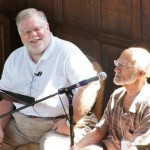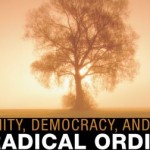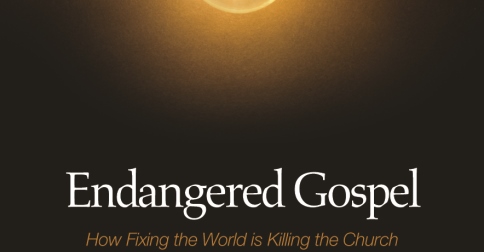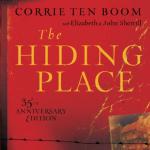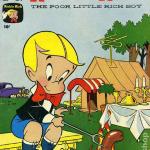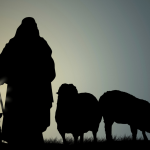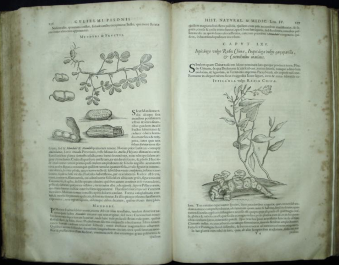 Last week I wrote an article recommending poetry as one way to help us slow down in our ever-accelerating world. This piece, “In Defense of Poetry,” was published yesterday on RELEVANT magazine’s website. (and giving credit where credit is due, this piece was inspired by Phil Kenneson’s excellent talk at the Ekklesia Project gathering last month, on which I hope to do a series of reflections here in the near future).
Last week I wrote an article recommending poetry as one way to help us slow down in our ever-accelerating world. This piece, “In Defense of Poetry,” was published yesterday on RELEVANT magazine’s website. (and giving credit where credit is due, this piece was inspired by Phil Kenneson’s excellent talk at the Ekklesia Project gathering last month, on which I hope to do a series of reflections here in the near future).
But my editor at RELEVANT stuck a little tagline on my article that contains a thought that I cannot get out of my head: “With all the Slow Movements picking up steam, maybe it’s time to consider Slow Reading.” Slow Reading? Yes, that’s it! In those two words were captured the essence of what we have been trying to nurture over the last five years with The Englewood Review of Books (and particularly within church communities) .
I’m working on a short essay imagining what a Slow Reading movement might look like. I’m going to throw a few thoughts onto the table here, and I’d love for you to engage/critique them and add your own…
Not surprisingly there are others out there who have already been using the Slow Reading terminology. Most notably, John Miedema, who has written a short book entitled Slow Reading. I’m generally encouraged by the direction that Miedema’s work is going: praising “the benefits of reflective reading.”
With the caveat that I have not yet read Miedema’s book (or Thomas Newkirk’s more recent The Art of Slow Reading), what I don’t sense strongly in the reviews and conversation about these books, is the recovery of a CULTURE of the book, just as the Slow Food movement advocates for a parallel culture of the table, a place around which we gather and share together. It seems like the Abrahamic religious traditions (and maybe other faith traditions as well?) have much to contribute to the social dynamics of Slow Reading. The Judaic tradition of midrash, is a Slow Reading practice that creates a conversational culture around the text. Similarly, the Christian tradition of Lectio Divina, which originated in the medieval monasteries, creates its own culture of the book. Although I am less familiar with the history and language of the Islamic tradition, I do know that they have social practices of engaging the Koran.
As with all Slow movements, the main issue is not really speed but fragmentation and disengagement. Slowing down is a means to reconnect (with our food, texts, etc.) and to re-engage.
Our experience here at Englewood Christian Church — e.g., spending over six months working conversationally through a handful of verses in Ephesians 4 or the many months we have taken to read and discuss together books like Bonhoeffer’s Life Together, Gerhard Lohfink’s Jesus and Community, or a couple of Parker Palmer’s most compelling books — is that Slow Reading practices have served to deepen our life together, reconnecting with one another and with the texts — biblical and extra-biblical. Though we are only now stumbling fortuitously into the language, Slow Reading has been the end that we are promoting through The Englewood Review of Books.
I wouldn’t want to confine my concept of Slow Reading to our faith communities, but because of our traditions of being people of the book, I am hopeful that our faith communities can lead the way in demonstrating Slow Reading practices and fomenting a larger Slow Reading movement.
As I said at the outset, I’d love to get your thoughts in the comments below on what a Slow Reading movement might look like and how we might nurture that in our faith communities and beyond.
——–
Image via Wikimedia Commons.


